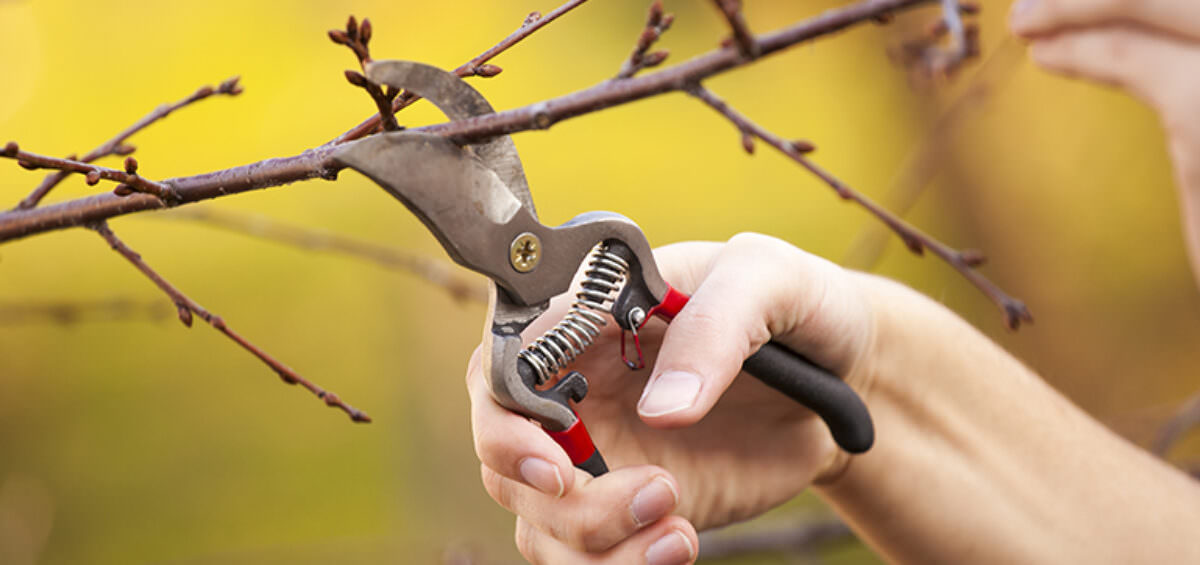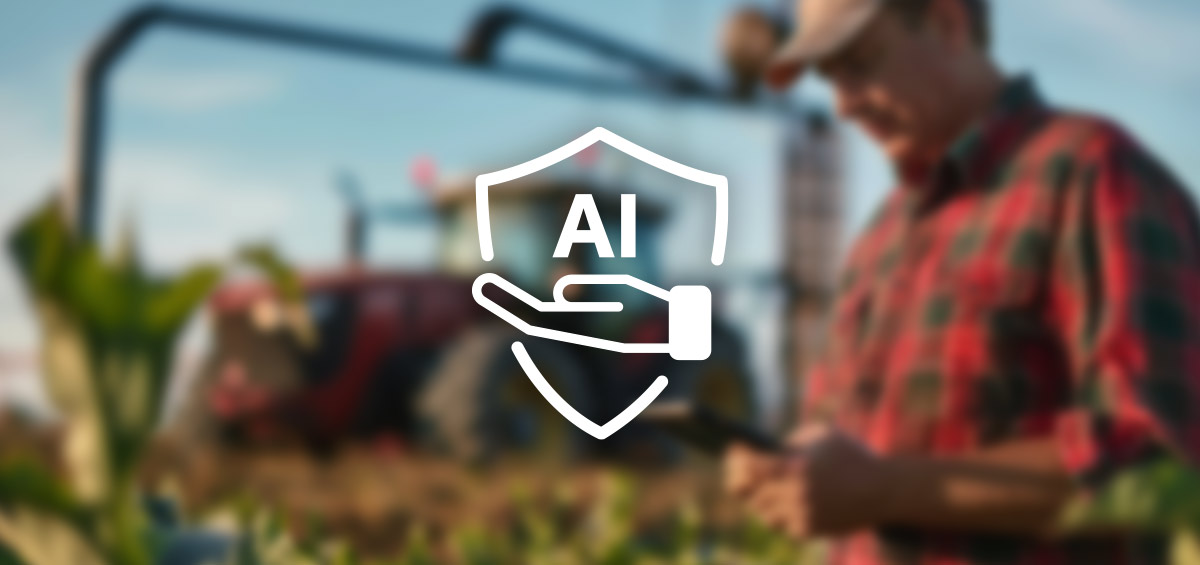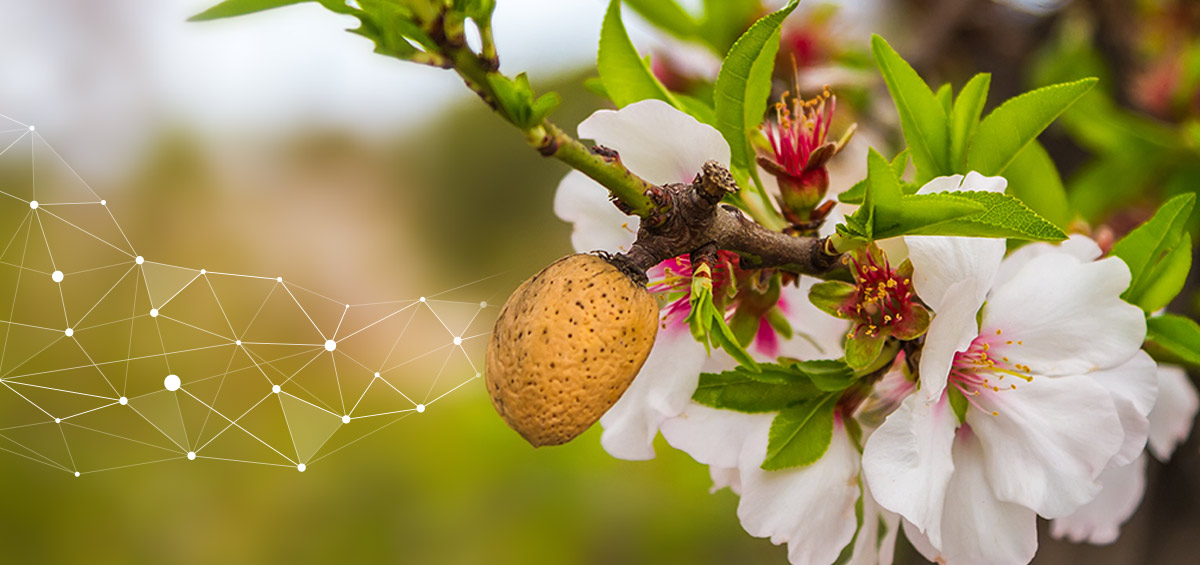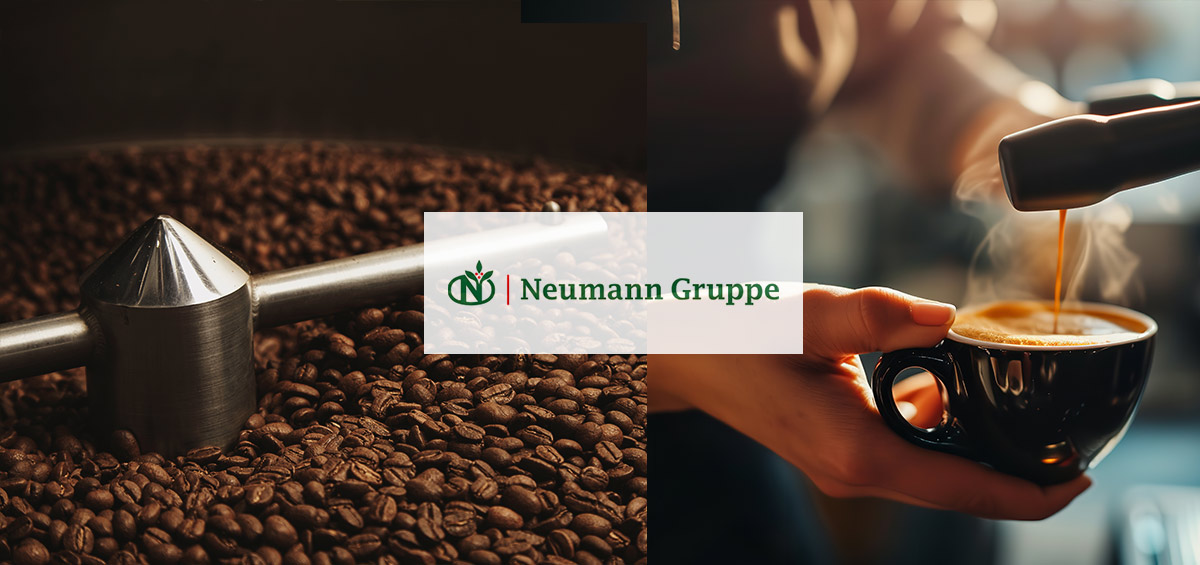Growing high-value and nutritious fruits surrounded by nature seems like an idyllic job. Farmers who grow permanent crops have the privilege of working in one of the most beautiful “offices“, surrounded by spectacular views and beautiful trees or shrubs that will bear sweet and colorful fruits, used either for fresh consumption or some type of processing.
Since permanent crop production is a long-term investment, the most successful farmers take great care to manage even the slightest details during each season, from orchard establishment to the first fruit harvest. In this regard, regular and proper crop maintenance is one of the most crucial factors to establishing and maintaining productive fruit production. Regarding the maintenance of permanent crops, nothing is as important as pruning.
Pruning as an Excellent Habit of Successful Farmers
Pruning is an orchard maintenance practice that refers to the selective cutting away of a portion of a tree (https://www.treeserviceremoval.com/) or shrub for horticultural production improvement. To simplify, pruning modifies the form and growth of permanent crops.
As a practice, pruning should be taken very seriously. In fact, every permanent crop production requires regular and properly managed pruning. Below are three reasons why pruning is so imperative:
- Pruning balances tree or shrub growth as well as fruit production
- Pruning improves pest and disease management
- Pruning manages the size and the shape of a tree or a shrub
Let’s Learn More About the Different Types of Pruning
Plants are living beings. Therefore, every permanent crop requires a different approach to pruning, one that is specific to its structure, age, and growing conditions. In regards to this, there are four types of pruning:
1. Formative pruning
Formative pruning is also called training and refers to the process of shaping young trees. The main characteristic of formative pruning is that the practice is required only in the first five years. The main goal is to prune a tree or bush to develop balanced shape and a strong structure that will bear the weight of fruits without breakage and will improve fruit production. The exact shape, as well as the height and even the frequency of formative pruning (only once or each year during the period of the first five years), will vary depending on each crop type, variety, and local growing conditions.
2. Dormant pruning
In temperate climate areas, this is also known as winter pruning. Depending on the crop type, it’s practiced each year during the dormant season or at the beginning of vegetation during the bud break stage. Dormant pruning is essential for maintaining size and shape, removal of week or diseased branches, as well as for encouraging new growth.
3. Green pruning
Unlike pruning during dormancy, which encourages new growth, summer pruning maintains the size of the tree or bush. It’s imperative for trees or bushes with a restricted form and particularly important for other permanent crops to prevent overgrowing and allow for better air circulation, light penetration, and improvement of pest and disease management.
4. Restorative pruning
It’s practiced once in a while when the trees or shrubs become neglected or overgrown. Renovation of an overgrown tree or shrub is best carried out during dormancy or at the beginning of vegetation. It’s also recommended not to remove more than 25% of the fruit tree canopy, as bushes require hard pruning to a height of 30-45 cm (12-18 in) above the ground.
Burning Facts About Pruning Cuts
We can name two basic pruning cuts:
- Heading-back cuts; made anywhere on a branch or twig between two leaf nodes; the cuts stimulate dormant buds below the cut to break dormancy and develop new branches
- Removal, or thining cuts; removal of the entire branch or twig from its branching point; the cuts remove excessive growth, thus improving light and air penetration, as well as fruit quality.
Regardless of the type, it’s recommended to make thinning cuts just beyond the branch collar (part of the tree or shrub where the trunk tissue overlaps the side branch tissue). If the branch is still small, the collar may not be evident. In this case, it’s recommended to make the cut at a slight angle, with the high point just above a desirable bud. Additionally, it’s also recommended to be mindful of proper sanitation and practice disinfection of tools regularly.
Obtain All Necessary Information and Go for It
Unfortunately, many farmers are scared of pruning, particularly beginners. From one point of view, the fear of damaging the trees is quite reasonable. However, there is no alternative to pruning. It’s a required maintenance practice for achieving a high and quality fruit yield. So take all the time needed to collect the information, hire experienced workers, and keep your trees and shrubs well-maintained.
Text sources: Pennsylvania State University || People’s Trust for Endangered Species || The University of Arizona
Image sources: Peaceful Valley Farm Supply




